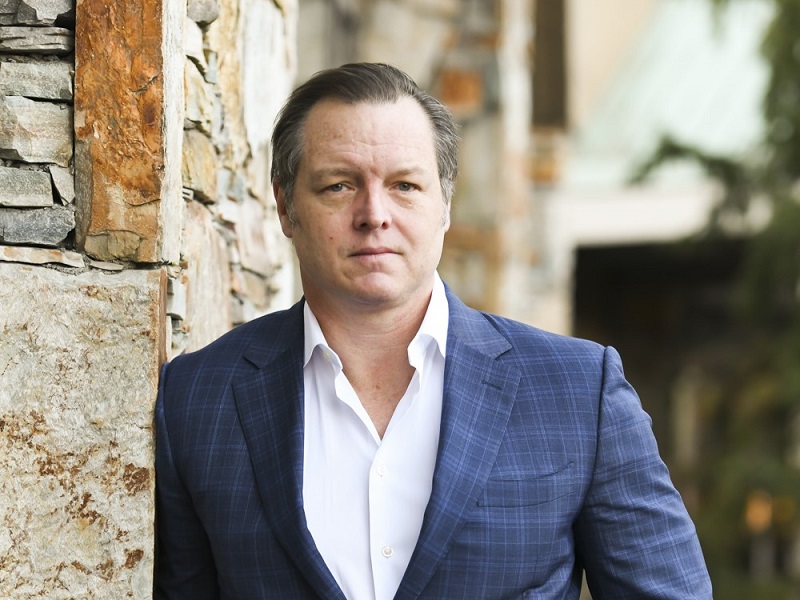

Institutional investors are entering a golden period ripe with opportunities in current global and emerging markets, said Karl Dasher, president of Polen Capital, during the Canadian Investment Review‘s 2023 Global Investment Conference.
From early 2020 to the end of 2021, the market was flooded with liquidity from the unprecedented combination of fiscal stimulus, U.S. Federal Reserve balance sheet expansion and zero interest rate policies that led to M2 money supply growth of 40 per cent over a two-year period, he said.
Those issues combined with regulatory changes that encouraged the purchase of long-duration treasuries, agencies and municipal bonds at historically low levels of yield created significant systemic risk, in addition to inflation. “We’ve all heard the adage, the Fed is going to stop when either one of two things — or both — happen: either they break something or they induce a recession. What . . . broke [was] the Silicon Valley Bank.”
Read: U.S. bank failures have minimal impact on public pension plans: experts
But there are a couple of reasons the market, despite the headwinds, is holding in place, said Dasher. First, while the banks now have a big mismatch problem between deposit liabilities and non-mark-to-market losses on loans and securities, consumers on the mortgage side and investment grade bond issuers don’t. Instead, they termed out and are sitting on huge profits relative to market to market and liabilities. The maturity wall for investment grade bonds go well beyond the next five years, he noted, so there’s really no pressure for investment grade issuers to flood the market.
Indeed, one of the reasons why, despite a likely recession, the spreads are a bit tighter than expected is because there’s a similarity in the high-yield world, he said, noting that, compared to other times of crisis, the maturity profile of the market is still largely 18 to 24 months out, so there has been limited forced refinancing so far.
But 2025 to 2027 will accelerate the maturity wall in high yield, said Dasher, and since the market is anticipatory, those spreads have started to widen, creating opportunities in high-yield companies that have solid businesses with a lot of embedded equity, but will need to begin terming out their debt.
Read: Global institutional investors facing headwinds from strong U.S. dollar, war in Ukraine
In Europe, Credit Suisse Group had a mismatch in its liability and asset structure and had to be saved by UBS Group, with an unprecedented mark down to zero in AT1 bonds while equity value was preserved, creating significant market wariness around bank debt structures. “The reality is the cost of capital has gone up, creating an environment for pension funds to step in and fill the void.”
According to Dasher, in Europe buyouts are happening, typically at one- to two-times lower leverage levels than normally found in the U.S. for similar quality companies — due in part to the cost to capital and to entice investors to engage. Terms available to private credit lenders have evolved significantly in favour of lenders compared to 12 months ago, with not only yield enhancement but also higher upfront fees and better covenants leading to a significantly better total return-to-risk ratio today than in the past several years.
Investors may find longer-term opportunities in emerging markets, he added, noting that, while Latin America is generally considered a high-risk market with serial defaulters on the sovereign side, for select high-yield corporate issuers, the results are in line with — or better than — U.S. counterparts.
In addition, he said secular opportunities exist in Latin America’s nearshoring sector, particularly in Argentina, which is becoming one of the larger software outsourcing destinations in the world. In addition, Brazil is cultivating nearshoring and manufacturing services.
Read: 2022 IIC coverage: Finding differentiated sources of growth and alpha in emerging markets
Dasher highlighted Asia as another region to watch. In particular, he said the Chinese property bubble, which has been working its way through the system, is resolving and the country is slowly opening up again after the coronavirus pandemic-fuelled shutdown. In China, there’s a strong focus on encouraging banks to facilitate broader syndication of the economy, rather than just to be balance sheet lenders.
“In Asia, private credit balances are less than 10 per cent of that of the U.S., so there is ample room for growth.”
Closer to home, he believes the U.S. Federal Reserve has gotten ahead of its skis. “There [will] be a bit of a Fed pause and eventual retrenchment. . . . We’re setting up right now for term-oriented, liability-cognizant investors to have an extended period of very good risk-adjusted returns on capital, given that the banks will be constrained by legacy asset positions that are under water and competition from short-dated securities for deposit assets will continue to challenge their cost of funds.
“I think if you . . . go down those . . . lines of inquiry, you’ll find some great opportunities for investors like pension funds that have high certainty of long-dated capital to lend.”
Read more coverage of the 2023 Global Investment Conference.
